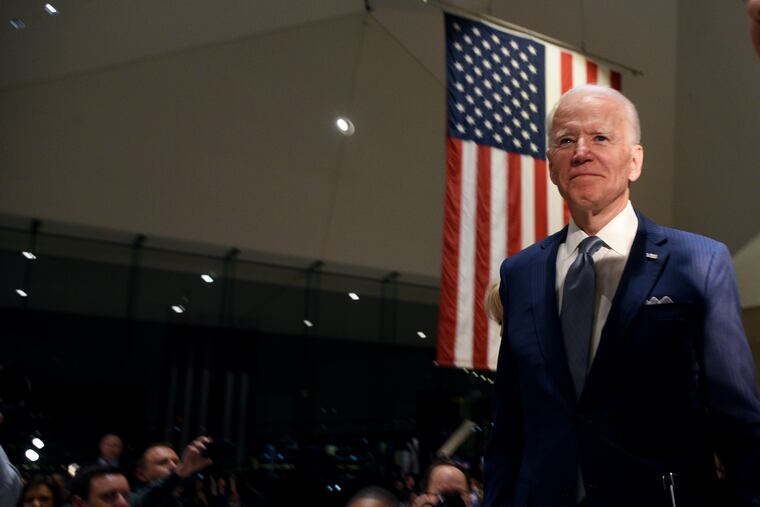Joe Biden’s domination in Michigan shows Democrats how to win Pennsylvania in 2020
Joe Biden's win in Michigan showed the route Democrats will have to take to win back Pennsylvania against President Donald Trump. More broadly the, results Tuesday crystallized the picture of the new coalition fueling the party.
